Palmetto Bluff Real Estate Company Sales Office
Office Hours
Monday-Friday 9am - 5pm
Saturday 9am - 4pm
Sunday 12 - 4pm
Saturday 9am - 4pm
Sunday 12 - 4pm
Bird watching is an international hobby, with 51.3 million participants in North America alone. Close to 1000 bird species can be observed in North America and over 200 have been documented on Palmetto Bluff. Many species, including northern cardinals, eastern bluebirds, blue jays, and red-bellied woodpeckers, are year-round residents that can be common at bird feeders if provided the right food.
However, the changing seasons and our location on the coast are what truly makes Palmetto Bluff a great birding location. Summer brings migrants from Central and South America, which include summer tanagers, painted buntings, and swallow-tailed kites. These species grace us with their beautiful songs and plumage and turn the property into a tropical paradise. During the winter, snow birds in sedans are followed by snow birds on the wing. Yellow-rumped warblers, blue-winged teal, peregrine falcons, and more travel south to Palmetto Bluff to enjoy our typically mild winters. But it is the spring and fall migrations that make birding truly wild. Migrations are a time when a mix of winter and summer birds are seen alongside migratory species that do not stay in South Carolina. Sandhill cranes grace the sky, heading to their northern breeding grounds during the spring, while Cape May warblers forage through River Road Preserve during the fall. Some species, like black-throated blue warblers, can be seen during both the spring and fall migrations. This explosion of diversity caused by migrations gives birders multiple opportunities to see a wide range of species.
These seasonal shifts in diversity allow the Palmetto Bluff Conservancy to create a variety of interesting and fun educational programs on birds. The Conservancy is constantly adding more bird-related outings, like the PBC birding hikes, which are not only providing great community involvement, but also contributing data to the Conservancy’s research.

Rebecca’s Journey to Palmetto Bluff For Rebecca McCorkendale, life on the water isn’t just a career—it’s a calling that runs through generations. Growing up on Hog Island, nestled between Hilton Head and Bluffton, Rebecca was raised with salt air in her lungs...
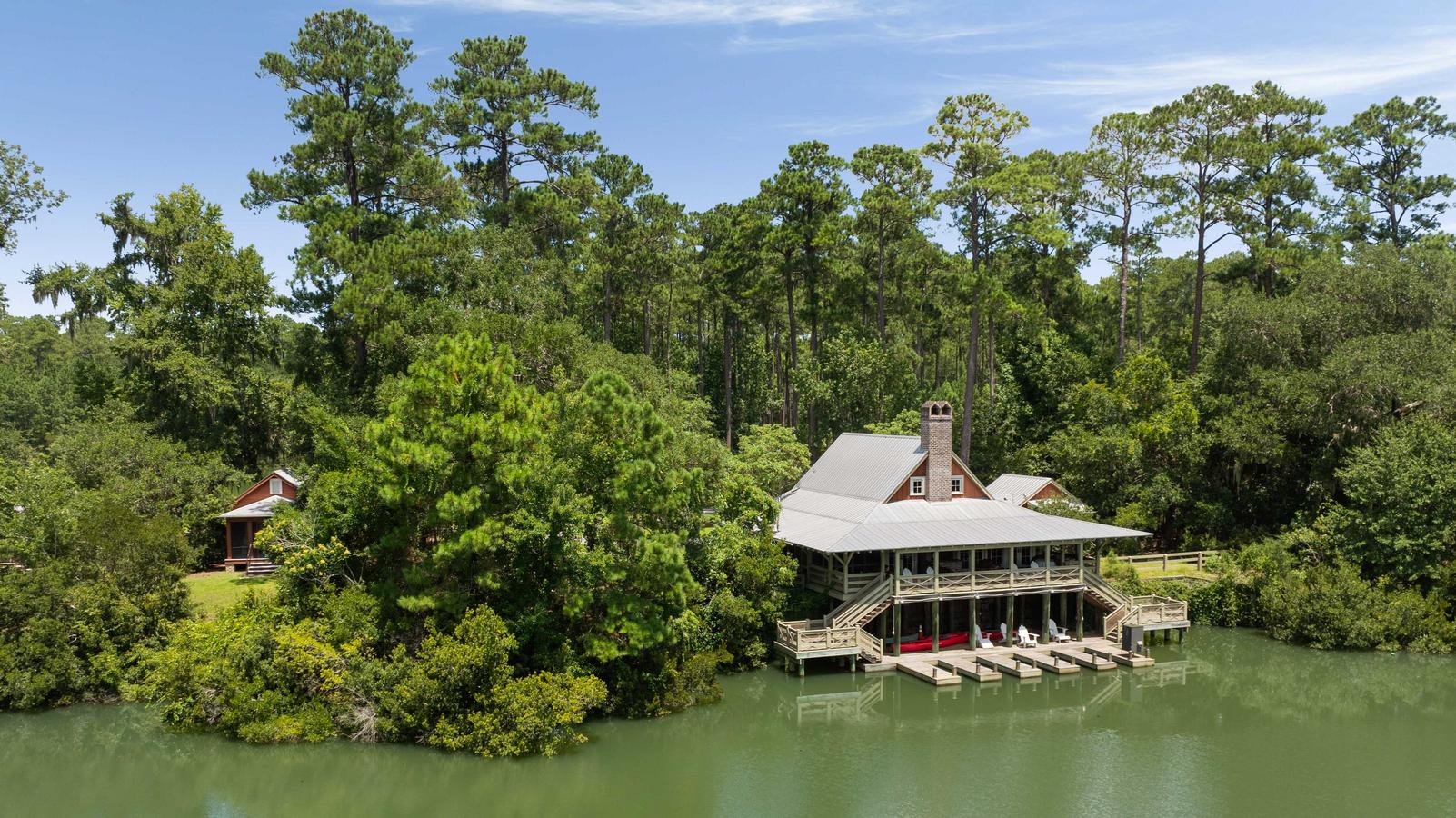
Headwaters Community in Palmetto Bluff Tucked deep within Palmetto Bluff’s untouched maritime forest, Headwaters stands apart as the community’s most private and pristine enclave. With just ten family compounds spread across more than 600 acres of scenic mars...
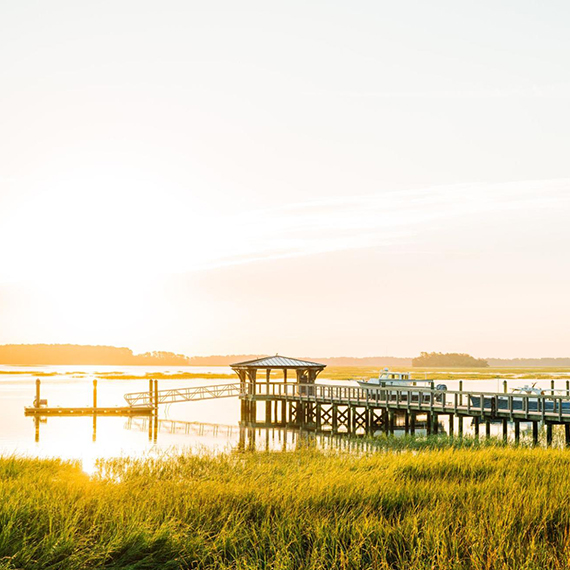
The golden glow of the marshes, the crisp air, and the sense of calm after a busy summer season all make this time of year unforgettable. Whether you’re enjoying the Bluff or exploring the wider coastal region, here are five reasons why fall is when the Lowcou...

David’s Journey to Palmetto Bluff Born and raised in Lewisburg, West Virginia, David Johnson’s career path began with a moment of chance. While studying Finance and Economics at Marshall University, he walked into the Greenbrier Sporting Club’s real estate of...
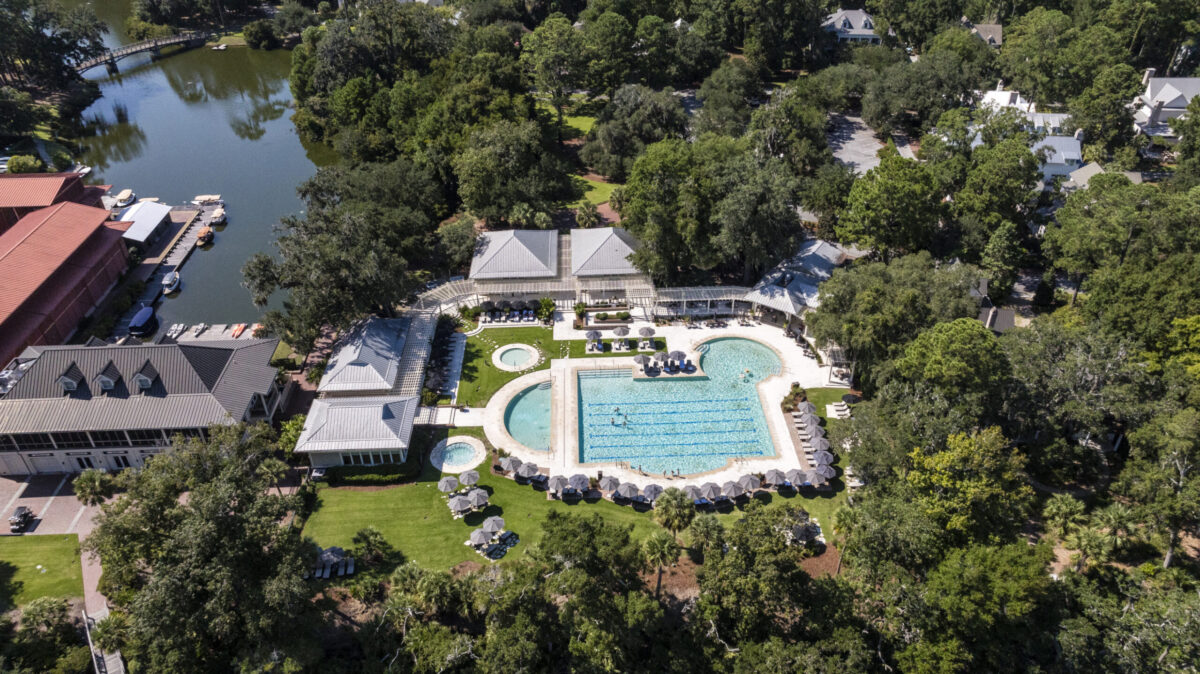
Palmetto Bluff Club: Finding Your Perfect Fit Tucked into the heart of the Lowcountry, Palmetto Bluff is a place where life unfolds at its finest pace—unhurried, connected, and deeply rooted in community. Membership here goes beyond access to world-class amen...

4 Ways to Incorporate Coastal Fall Decor into Your Home in 2025 If you are planning to decorate your home for fall, you might feel limited to warm colors and chilly weather. But if you live on the coast, you can easily incorporate coastal fall décor into your...
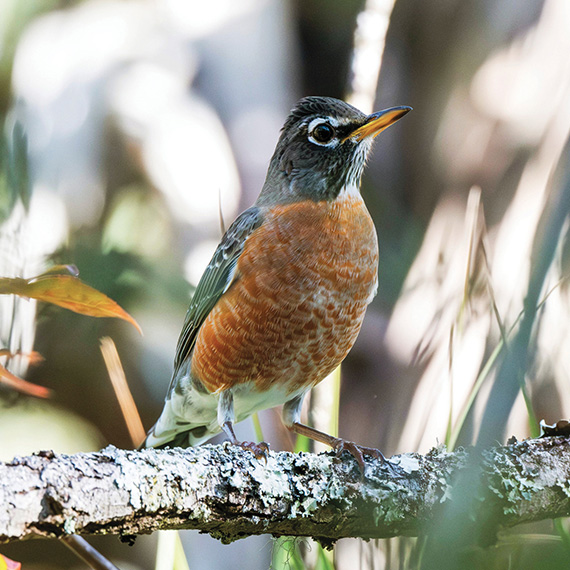
Here in the Lowcountry, the Conservancy brings FeederWatch to life with guided sessions at the Conservancy’s bird feeders. Education and Outreach Manager Aaron Palmieri leads these gatherings, teaching attendees how to identify wintering species, choose the ri...
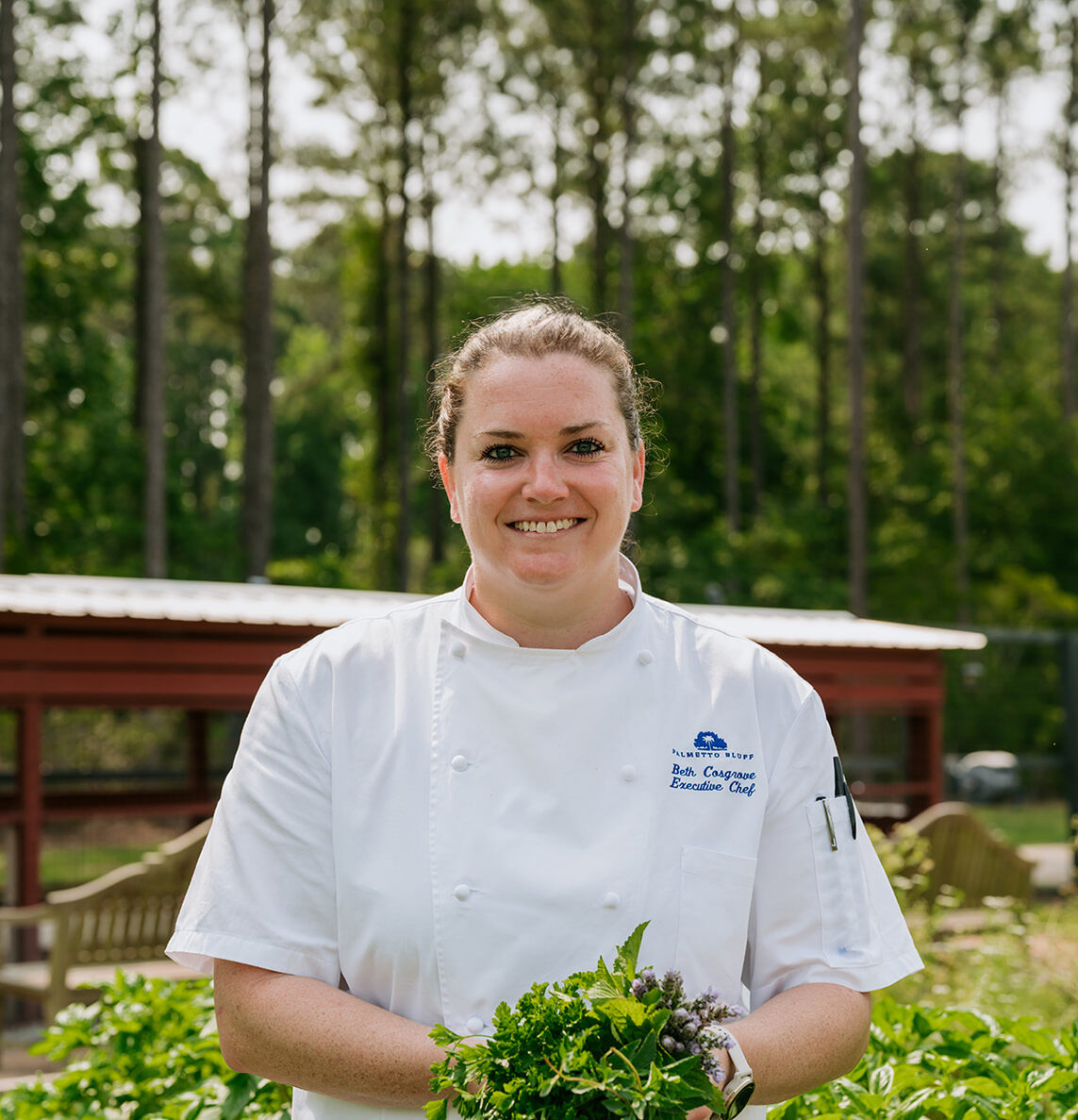
Chef Beth Cosgrove shares her favorite game day dip—with a Southern twist. Ingredients 2 cups cooked sea island red peas, crushed with a fork 1 recipe of pimento cheese dip (recipe below), room temperature 2 cups crème fraiche 1 cup fire-roast...

At Palmetto Bluff, newly built homes are more than residences—they are carefully crafted retreats offering the best of Lowcountry living. Palmetto Bluff Real Estate Co. Agent, Amanda Cutrer, shares the benefits of buying “new” in the Bluff. Builder Support ...
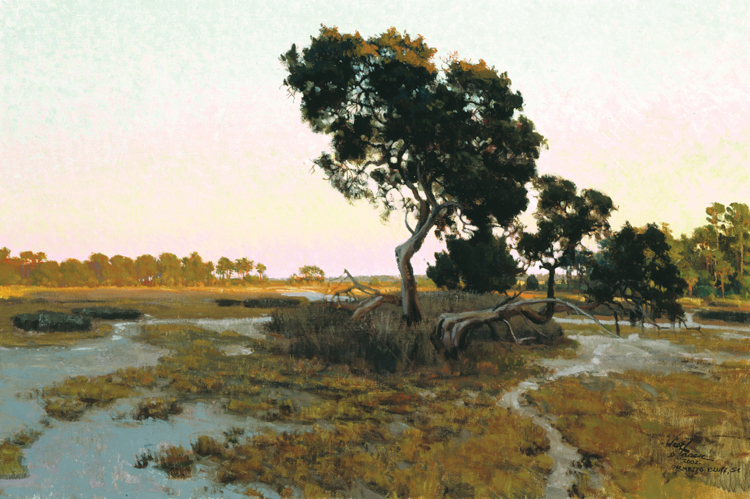
Visionary land planner Mark Permar reflects on Palmetto Bluff's rich history and its enduring connection to the land. With Anson on the horizon, the legacy of designing with nature lives on.How did you first get involved with Palmetto Bluff? I believe it was ...
Learn about the Palmetto Bluff Conservancy and how we keep the vision of our land in place.
On land or water, there is an ever-evolving variety of activities.
We do not attempt to independently verify the currency, completeness, accuracy or authenticity of the data contained herein. All area measurements and calculations are approximate and should be independently verified. Data may be subject to transcription and transmission errors. Accordingly, the data is provided on an “as is” “as available” basis only and may not reflect all real estate activity in the market”. © [2023] REsides, Inc. All rights reserved. Certain information contained herein is derived from information, which is the licensed property of, and copyrighted by, REsides, Inc.